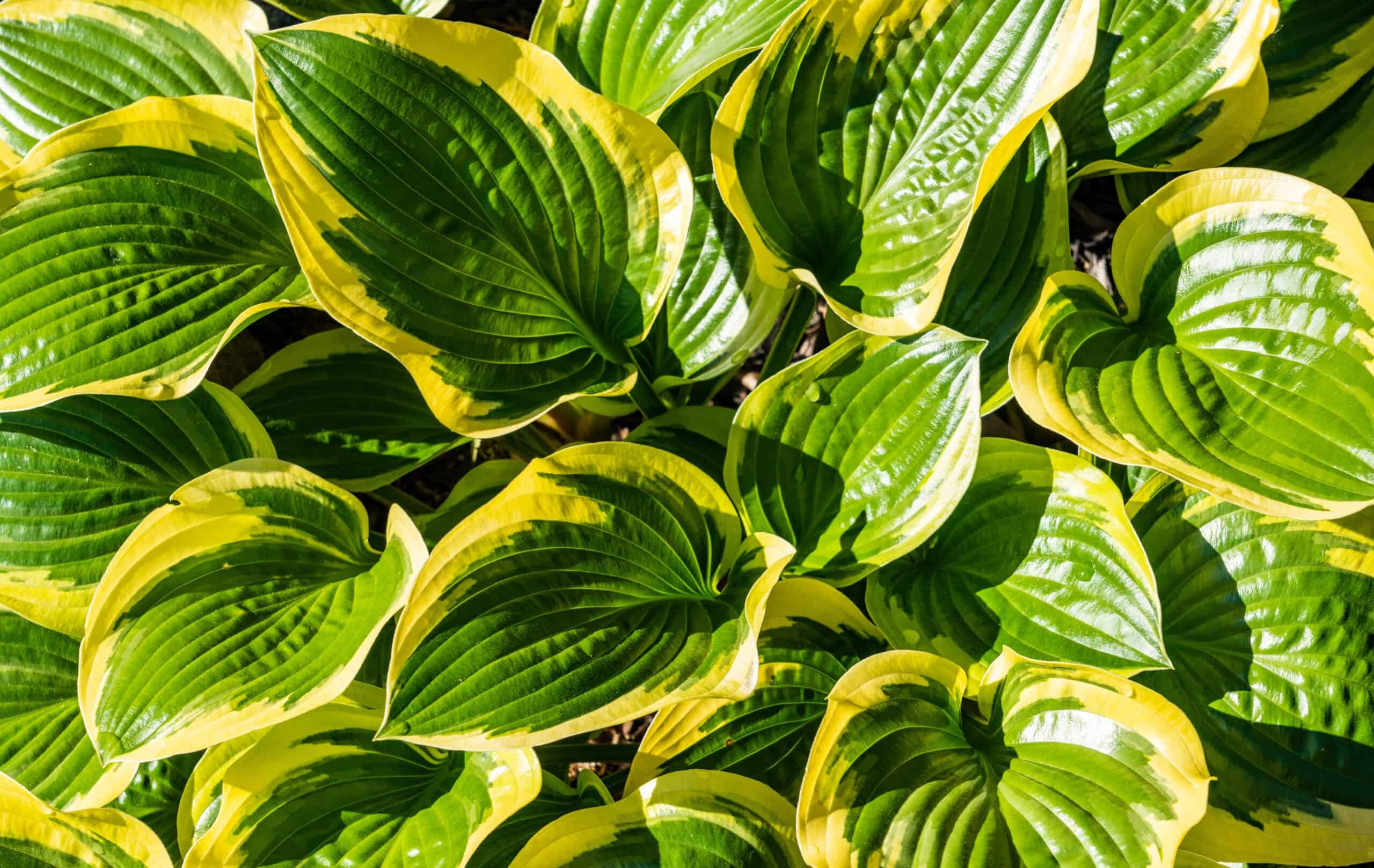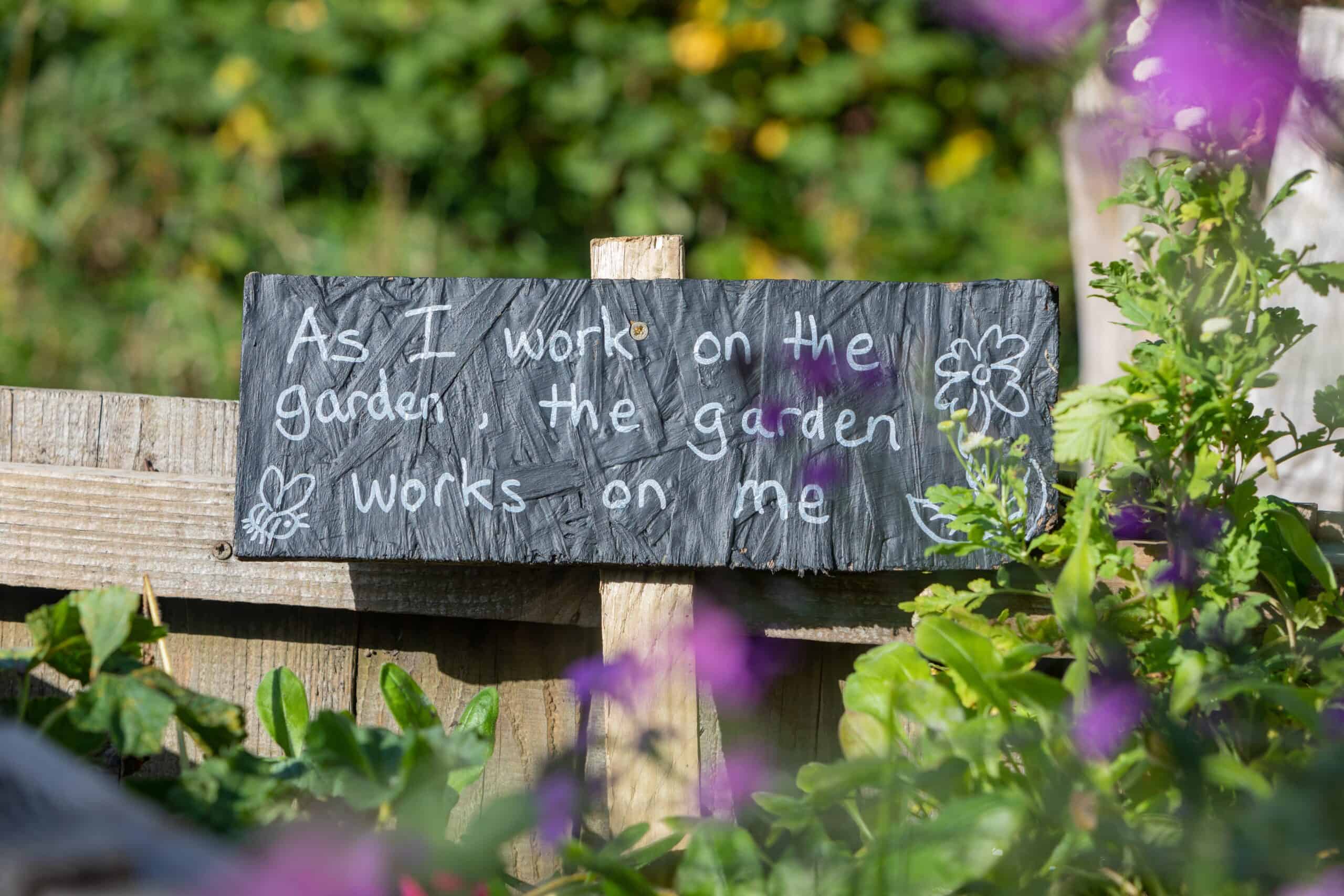Sweetest honeysuckle, also known as Lonicera Fragrantissima, is a bushy or climbing annual that is prized for its delicious sweet aroma. The flower clusters sit atop winged stems and come in many enchanting pastel colors. Each petal of this flower is wavy in appearance, making it a pretty addition to any garden or space. It blooms from spring to fall, and does best in cooler, mild climates. Bees and butterflies are particularly attracted to it, making it a great addition to any that seek to create a butterfly garden or wildflower garden.
How to Plant
When planting Sweetest Honeysuckle, it is important to consider the type of light, soil, water, temperature, and humidity required by the flower. Sweetest Honeysuckle prefers full sun or partial shade. Though it can tolerate both warm and cool climates, it prefers a mild climate, and temperatures below 85°F and above 30°F. The soil should be slightly acidic, with a pH of between 6.0 and 6.5. During the summer months, the plant should be watered once a week, providing the soil with an inch of water per week. Using a natural fertilizer is also recommended for optimal care.
Meaning and Symbolism
Sweetest honeysuckle has been used for centuries as a symbol of love and fidelity. In traditional folklore, it was believed that the pleasant fragrance of the flower could bring luck and peace to a home. It is also used as a symbol of undying love, devotion, and warmth. In addition, the honeysuckle is said to bring energy, vivacity, and charms. As such, it is often used in marriage ceremonies as a symbol of union.
History, Mythology, and Religious Significance
The sweetest honeysuckle has been used since ancient times in mythology and religion.
In Greek mythology, Lonicera Fragrantissima was used to recreate the Garden of Hesperides, with the scent of the flower believed to have an enchanting effect on all that came into contact with it. It is believed to be among the herbs that were used along with the magical golden apples of the garden.
In Christianity, it is said that the honeysuckle was a part of the floral crown worn by the Virgin Mary at Jesus’ crucifixion. It is seen as a symbol of fidelity, given that the honeysuckle flower remained in bloom throughout the Biblical plague of locusts.
Flower Varieties & Their Defining Characteristics
There are two main varieties of Lonicera Fragrantissima: syringa and Dutch. The syringa variety is native to China and has fragrant, shapely trumpet-shaped flowers. The Dutch variety has a more vibrant color and a strong, sweet-smelling scent. Both varieties share a tendency to twine around supports and reach heights of up to 7 feet.
How to Pot & Repot
The Sweetest Honeysuckle should be potted in a soil mixture that is rich in organic matter, and heavily amended with soil amendments like compost and peat moss. The plants need a pot that is large enough to allow for 6 to 8 inches of soil depth, and good drainage. It should be potted in a pot with one or two drainage holes, and the pot should contain a drainage tray. A general rule of thumb is that the plant should be transplanted to a larger pot, when the old pot becomes root-bound.
How to Prune
Sweetest Honeysuckle may be pruned to control its size and shape, or to maintain the desired look. Pruning should be done in early spring, or when the flowers begin to fade. When cutting the stems, it is important to angle the cuts downward, in order to allow for new shoots to emerge at the point of cutting. This encourages the plant to produce vigorous and abundant blooms. Pruning should not be done too severely, as this may result in stunted growth.
How to Propagate
Propagating Sweetest Honeysuckle is a relatively easy process. There are two ways to propagate; through stem cuttings and through seed. Stem cuttings should be taken in early spring, and softwood cuttings should be planted in soil as soon as possible. Seeds should be planted outdoors in the late winter or early spring, when the temperatures are cold. Generally, the best temperature for germination is 60-70 degrees Fahrenheit.
Common Pests & Diseases
Unfortunately, Sweetest Honeysuckle is susceptible to several pests and diseases. Some of the most common are aphids, caterpillars, thrips, and spider mites. Aphids feed on foliage and sap from new growth, while caterpillars and thrips tend to chew on flowers and stems. Spider mites create webbing over the leaves and foliage of the plant. Fortunately, all of these pests can be managed organically by using horticultural soaps, natural oils and sprays, and beneficial insects.
As far as diseases go, there are several diseases to look out for. Sweetest Honeysuckle is susceptible to powdery mildew, root rot, and verticillium wilt. Powdery mildew can be prevented by avoiding crowded or wet foliage, but if the plant becomes infected, it should be sprayed with a sulfur-based fungicide. Root rot is caused by too much water and needs to be treated by removing affected parts of the root and replanting in a new soil mixture. Verticillium wilt is caused by a soil-borne fungus and should be treated with a fungicide.
Frequently Asked Questions
1. How often should I water the Sweetest Honeysuckle?
You should water the Sweetest Honeysuckle once a week during the summer months, providing the soil with about an inch of water.
2. Does the Sweetest Honeysuckle tolerate cold temperatures?
Yes, this flower can tolerate temperatures down to 30°F.
3. What type of soil should I use for Sweetest Honeysuckle?
It is best to use a soil mixture that is rich in organic matter and amended with soil amendments like compost and peat moss. The soil should have a slightly acidic pH of 6.0 to 6.5.
Table Fact Sheet
| Name | Lonicera Fragrantissima |
|---|---|
| Family | Caprifoliaceae |
| Type of Plant | Annual |
| Mature Size | Up to 7ft |
| Sun Exposure | Full Sun/Partial Shade |
| Soil Type | Slightly acidic |
| Soil pH | 6.0 to 6.5 |
| Bloom Time | Spring – Fall |
| Flower Color | Pastel colors |
| Hardiness Zones | 5-9 |
| Native Area | China & Japan |
What we love from Amazon this week
Buy these wonderful flowers directly from Amazon:















